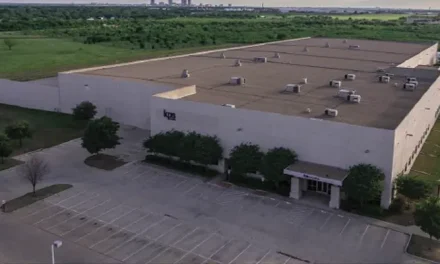
Track Seasonal Trends for HR Success

Track Seasonal Trends for HR Success
By Barbara J. Bowes
LET’S FACE IT, SMALL BUSINESSES, ESPECIALLY THOSE IMPACTED BY SEASONAL TRENDS HAVE RATHER UNIQUE ISSUES TO DEAL WITH. THIS INCLUDES ENSURING A SET OF STABLE PRODUCTS AND SERVICES AND CONSISTENT STAFFING WHILE AT THE SAME TIME THINKING AHEAD AND ALWAYS GETTING READY FOR THE NEXT SEASON.
The challenge here is that each season can be dramatically different and influenced by societal trends and special holidays that will require adjustments to marketing and advertising as well as staffing. Another challenge is weather, especially rain in the summer and unpredictable cold weather and/or snow in the winter. Each of these weather phenomenon’s put extra pressure on small seasonal businesses that others may not experience.
While we can’t control weather, small business owners can still take charge and be prepared for the changing seasons, especially as it applies to their human resource management. One of the ways to do this is to focus on analyzing their business trends and determining how these trends impact the staffing and human resource requirements.
Business owners already know their busy seasons and the various celebrations that occur during these seasons. However, focusing on regular sales trend analysis can give owners some additional valuable information that can impact the human resource strategy including such issues as staffing ratio’s, employee recruitment, training and work schedules.
Owners don’t need a sophisticated data management system to keep track of the trends. An analysis requires looking for peak sales periods and then reviewing the various staffing ratios for these timeframes. It requires assessing issues such as whether or not sufficient staff were on duty during times of heavy sales and/or if there were too many staff during times of slower sales.
This analysis provides insight into which season is the most demanding from a staffing perspective and it will allow owners to better align their human resource strategies. It will enable a more confident examination of the staffing ratio with respect to full time, part time and a casual staff compliment. For instance, if one season is heavy toward building an inventory to get ready for a new season, then an analysis can determine what level of staff will ensure the products get properly inventoried and set out in their most effective locations.
An analysis will also help to determine a potential recruitment and training schedule for seasonal employees. For instance, if the product and services are somewhat complicated, then a longer new employee orientation and training program will be required so that employees are fully trained and ready just as the new season begins.
Understanding one’s seasonal business trends also enables owners to develop an ideal employee profile for each of the seasons. For instance, students are more available during summer holidays and can provide four to five months of steady employment. Focus on building a stable of students that would be available for the various work schedules. Focus on developing a sense of loyalty so that selected students could be called upon for short stints at different times of the year.
The best employee profile during a slower, off-season might be older, retired individuals simply seeking steady, part time work. At the same time, an owner might also be able to scale back on staffing during this slower season. Also, consider developing a pool of older workers that can be called upon for additional short-term needs.
There are no two ways about it, seasonal businesses leaders require more attention to be spent on aligning their human resource strategies, especially in the area of recruitment and selection, training, and retention requirements. Taking a more analytical approach to staffing and human resources enables owners to develop a staffing plan that will hold them in good stead throughout the various seasons. This includes understanding the types of roles and positions required, the number of staff needed for each role and the type of training and the timing required. This too, enables owners to develop both a seasonal and annual budget for their staffing requirements.
One of the other important human resource strategies for small, seasonal business owners is to pay attention to the employment standards legislation in their specific location. For instance, it is important to be familiar with the definitions of employee status such as casual, part-time, term, and student employment and the regulations with respect to various industry sectors such as agriculture, tourism, construction. Owners need also to be fully aware of regulations as it relates to employee status, hours of work and breaks, pay, safety, and overtime, as well as averaging agreements.
Currently, no matter where a small seasonal business is located, the current trend suggests an ongoing tight labour market. This lack of qualified workers is and will continue to cause significant competition for good staff. As a result, it is critical that small business owners pay good attention to their staffing trends so that they are fully prepared for each season as it comes. At the same time, owners need to pay attention to their labour legislation as these are being updated on a frequent basis.
In other words, success in a seasonal business requires being in the know along with good planning.
Barbara J. Bowes, FCPHR, CMC, CCP, M.Ed., is a senior consultant with the firm, Legacy Bowes. She is the author of eight books, a radio personality, speaker, an executive coach and workshop leader. She is also chairwoman of the Manitoba Status of Women. She can be reached at barb@legacybowes.com



































